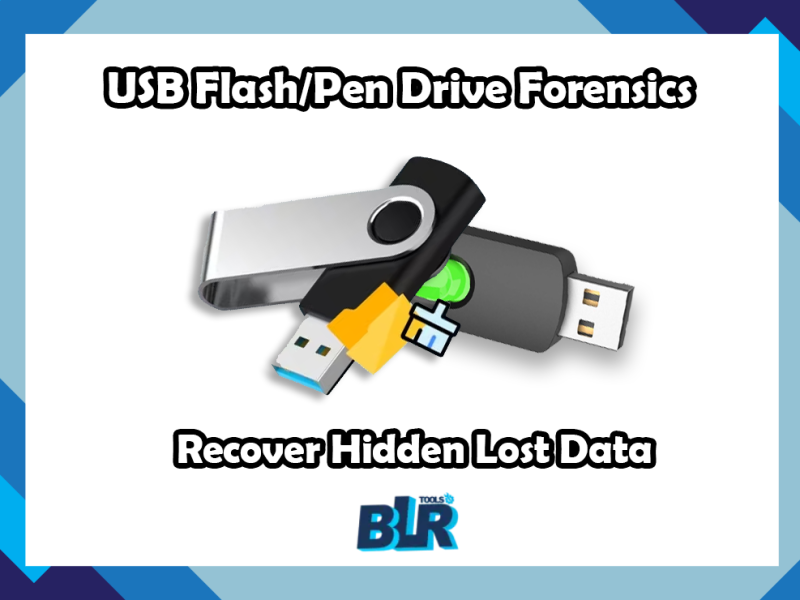Summary, Restoration and recovery of folder structure data, which makes it probable to have files and directories and hold the previous hierarchical file system/structure. This is especially useful when data has been deleted, formatted, or had the files changed by some errors like system crashes and program glitches. Restore and recover folder structure datais also important to restore and recover folder structure data so that you can repair files or folders in the right way, and you will be able to have your files get to the right folders with less time as you search for them.
Data file organization is the process of putting the data back again in an organized folder structure. Similar to the HFS that formed the directory tree before the loss of data. Organizing the folder is actually crucial since it keeps files and their relation to folders. Which is essential for all the files that were rescued, simple, and easy to find when the need arises, hence the need to keep the folder structure intact.
What is Role of Restore and Recover Folder Structure Data
This becomes important because the folder hierarchy helps in structuring the data at the time it was backed up. Hence, you know which folder to look at or use after the recovery process. The problem with getting the files without the proper structure can be devastating. Especially if there are a lot of the files necessary to find; it will inevitably lead to confusion, creating a lot of unnecessary work in setting the files into order. The organization of the folders is useful for preserving the context of the data, which is so
valuable in processes and projects that have certain structures of the files. For comprehensive recovery tools, direction paths contain files and folders that make recovered data as functional as the data lost and regained before.
Perform Data Files Recovery with Folder Structure
Sometimes files are wiped out or deleted, restoring and recovering folder structure data hierarchical is paramount to organization and effectiveness. This is usually a daunting task, but the BLR data files recovery software eases this chore by offering a functional means of rescuing lost, deleted, or the files that are not accessible while generating their folders structure automatically. Here’s how you can perform recovery for data with folder structure using this advanced tool:
Steps to Restore and Recover Folder Structure Data with BLR Tools
1: First of all, the buyer should visit the official website of the BLR data recovery tool, for lost data getting back and download it and then install it on the system.
2: Open the software and select the drive or particular hard drive data storage area out of which you require to restore and recover folder structure data.
3: Perform a full scan to find them back. When it comes to identifying folder structures, the numerous features of the tool include enhanced algorithms for the search.
4: After completing the scanning process via software. At interface, users will see files that can be recovered with the folder structure in which they were stored. You can preview files and folders to ensure the folder structure is as it is and that the files are not corrupt.
5: Choose a folder to save the files of the recovery. Make sure that the recovery destination is a different location from the source drive so that you will not overwrite one another file.
Have you ever experienced USB drive shown No Media types problem. Just go through this blog and solve your issue!!
Fix Corrupted File and ‘Rebuild’ Original Folder Structure Using CMD
Indeed, if you are having problems with corrupted files or missing such structural metadata as folders on your computer or laptop. You can use Command Prompt (CMD) to restore it and solve the problems. Here’s a step-by-step guide on how to fix corrupted files restore and recover folder structure data using CMD:
1: Open Command Prompt as Administrator
- Open up command prompt or windows PowerShell by using Windows logo + X and selecting command prompt (admin) or windows PowerShell (admin).
- If a dialogue box for User Account Control (UAC) appears, confirm by clicking on Yes to gain administrator permission.
2: Check the Drive for Errors via CHKDSK Command
3: Fix Corrupted Files – SFC (System File Checker)
Another CMD tool is the System File Checker (sfc) that remedies system file corruption since it harms the folder framework.
After the CHKDSK process finishes, type the following command in the Command Prompt: sfc /scannow
Press the enter key and wait until the process is finished. This CMD prompt will also automatically scan and correct system files that may have been damaged and which may be affecting the correct files of the folder structures.
Conclusion
To uphold the organization and functionality of files after a data loss, restore and recover folder structure data. Regardless of how several files got deleted by either intentionally or accidentally, formatting errors, or even system breakdowns. Organization of the files and regaining them in the right folder structure proves to be of great importance. It is, therefore, quite easy to recover not only the deleted files but also their folder structure with the help of a reliable recovery tool like BLR Windows file restorer. As stated above, the best way to avoid losing the data while keeping your services permanently available is the protection of the data through regular backup and utilization of professional recovery tool.
FAQ on Restore and Recover Folder Structure Data
1. Define folder structure (HFS) recovery
Folder structure recovery is the process of restoring the original hierarchy. Organization of folders and files after data loss, ensuring the recovered data maintains its original arrangement.
2. Why does folder structure get lost during data file recovery?
Folder structure can get lost due to incomplete file recovery attempt, file system corruption, or the use of basic recovery tool that do not support advanced folder reconstruction.
3. Why sometimes recovered files lose their original names?
This occurs when the metadata or file allocation table is damaged or become corrupted, preventing recovery tool from identifying the original file names and locations.
4. Why are some folders empty after recovery?
Folders may appear empty if their files were overwritten or if the recovery tool could not fully reconstruct the directory data.
5. Why does my recovered data appear disorganized?
This happens when the recovery tool cannot map files to their original locations. Due to damaged metadata or file allocation tables.
6. What is metadata, and why is it important for folder structure recovery?
Metadata contains information about file names, locations, and attributes. It’s essential for accurately reconstructing folder structures during recovery.
7. What should I avoid during folder structure recovery?
Avoid using the affected data storage device, refrain from saving recovered data to the same drive, and do not use unreliable recovery tools.
8. Can I recover folder structure from an external hard drive?
Yes, if the data storage medium is not physically. By using the software, users can perform recovery for external drives.
9. Is it possible to restore and recover folder structure data from a RAW drive?
Yes, specialized software can recover data and reconstruct folder structures from RAW drives by analyzing the data storage sectors.
10. Way to organize disorganized recovered file metadata?
Sort files by metadata, such as files/folder creation or modification dates, and manually recreate the folder structure if necessary.

![Restore and Recover Folder Structure Data – Hierarchical File System [Instant]](https://www.blrtools.com/blog/wp-content/uploads/2024/12/Restore-and-Recover-Folder-Structure-Data.jpg)

1 thought on “Restore and Recover Folder Structure Data – Hierarchical File System [Instant]”